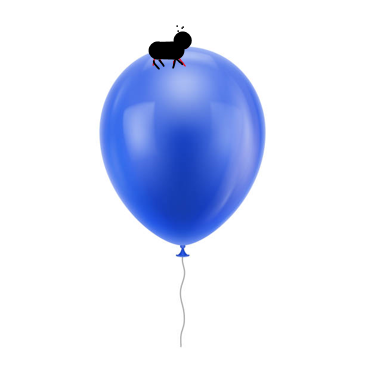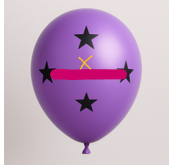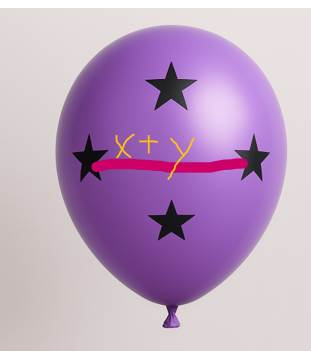No Center, No Edge, No Certainty
Good evening, everyone:
For all of us who wake up each morning dreading to read the headlines of the major media outlets . . . . or even our social media feed . . . . the search for meaning is increasingly tough. Unfortunately – for me, anyway – that only got more complicated and elusive when I recently noticed an article in the publication Astronomy titled “There is No Center of the Universe.”
That pretty much pushed me over the edge. I had already come to the view that Washington, D.C. is not the center of the universe. I suspected that neither was New York. And I was pretty sure that it wasn’t Troy. But I had held some faith that perhaps Michigan was (even though that has been the source of some personal disagreements with my friends from Minnesota). Or if not Michigan, Paris. But to think that it wasn’t even Earth? Disequilibrium doesn’t begin to describe it.
The Astronomy staff didn’t bother burying the lede, stating right out of the box that “As counterintuitive as it may seem, the universe has no center, and it has no boundary.”
That’s really annoying. What happened to the idea that the Big Bang caused matter and energy to explode out in all directions from an impossibly dense unitary “point”? That certainly conjures an image of some kind of “wall” or front or wave moving away from the explosion (albeit in all directions), occupying more and more “space” over the last 14 billion years. Do we really have to re-think that? It all seemed so neat and tidy.
But that is what our pesky intellectual provocateurs at Astronomy are asking us to do. They try to explain: “It wasn’t ‘stuff’ that exploded outward, it was space itself!” Sorry, but that’s just not helpful. At least they had the courtesy of inserting an exclamation point to somehow justify the incomprehensibility of the sentence.
Their reasoning – which is evidently backed up by fellow-travelers like Einstein and Hawking – is that space is everywhere. Reductio ad absurdum: therefore, it can’t have boundaries.
They analogize the situation to a two-dimensional creature walking around on the surface of a balloon that is expanding. That creature couldn’t find the center of the balloon because its existence is limited to two dimensions – i.e., the balloon surface – and the expansion is occurring in three dimensions – i.e., the totality of the space the balloon’s surface and its interior occupies. Translated to us: we are three-dimensional creatures trying to make sense of the four-dimensional reality that is the universe.
\

I don’t know about you, but I don’t find that particularly helpful. If we are three-dimensional creatures moving around inside that balloon, there does indeed seem to be an outer layer, even if it is moving away from us in all directions.
But because these guys are bona fide astronomers, and I’m just a philanthropoid, let’s keep trying.
They seem to be arguing, a bit more simply, that if you’re going to have an edge, you need something for that edge to expand into. What is the universe expanding into? Another unanswerable question.
And similarly, what does it mean for something without an edge (or a center) to expand, anyway? Evidently, it means that everything in the universe is moving farther away from everything else. Forget the edge stuff for the moment.
Back to the balloon analogy: if you put stickers on the surface of the ballon, as you blow more air into the balloon, causing it to expand, the stickers don’t move from where you placed them on the balloon’s surface, but instead move away from one another because the volume inside that surface is expanding.


Still an imperfect analogy, however – we’re still visualizing edges/boundaries that are growing bigger. That’s apparently why you need the introduction of a fourth dimension. I don’t have a clue what that looks like – way above my pay-grade.

Evidently, I’m not alone. The Astronomy crew closes with the re-assuring quotation from the British biologist J.B.S. Haldane: “The universe is not only queerer than we suppose, it is queerer than we can suppose.”
This, in a convoluted way, brings me back to the morning paper: the current policy environment is not only queerer – more disturbing, and cruel, and malevolent – than we suppose, it is queerer – more disturbing, and cruel, and malevolent – than we can suppose. That’s a shame. Being able to suppose would seem to be a fundamental tenant of American democracy.
Rip